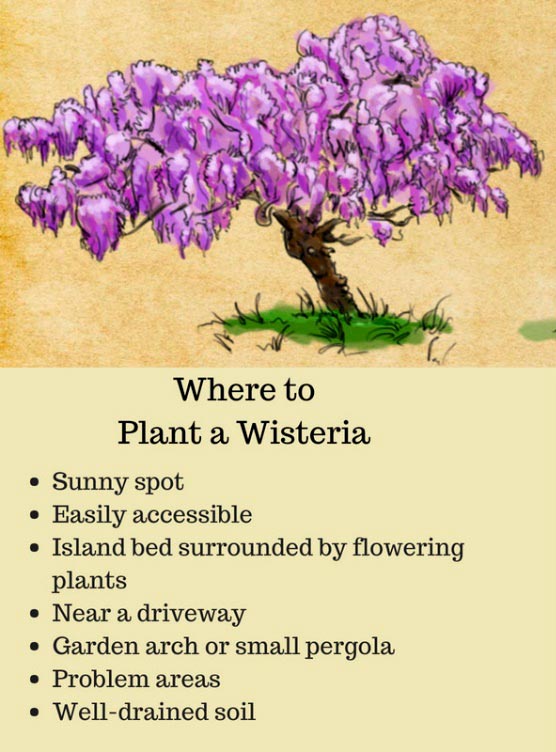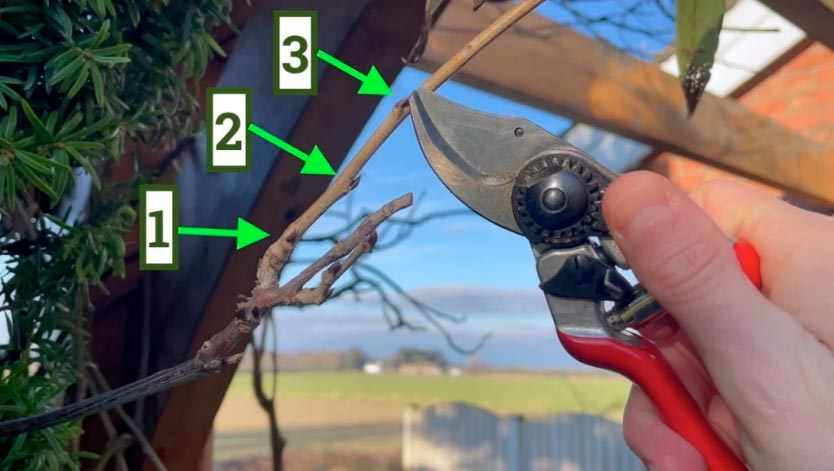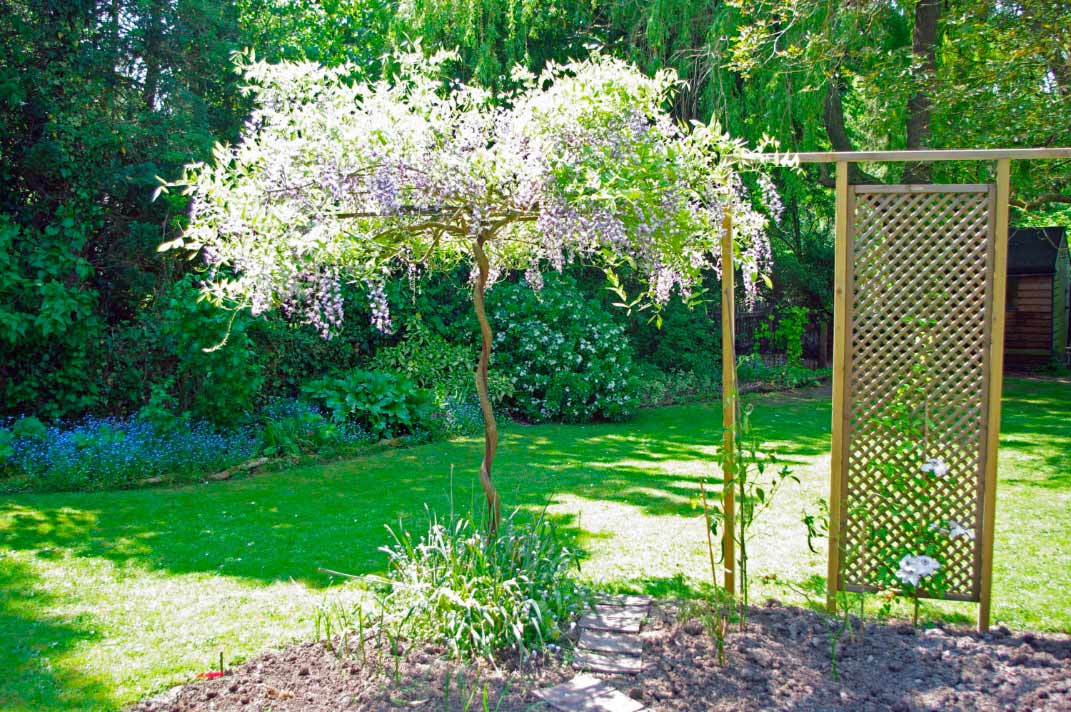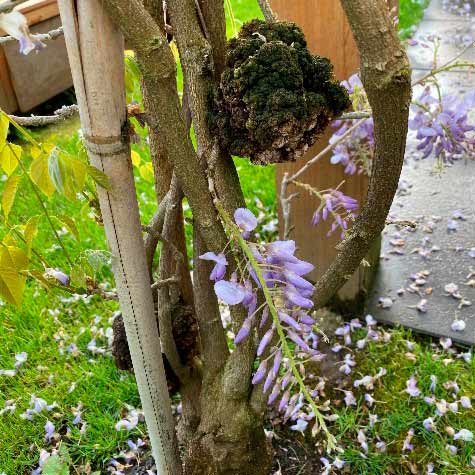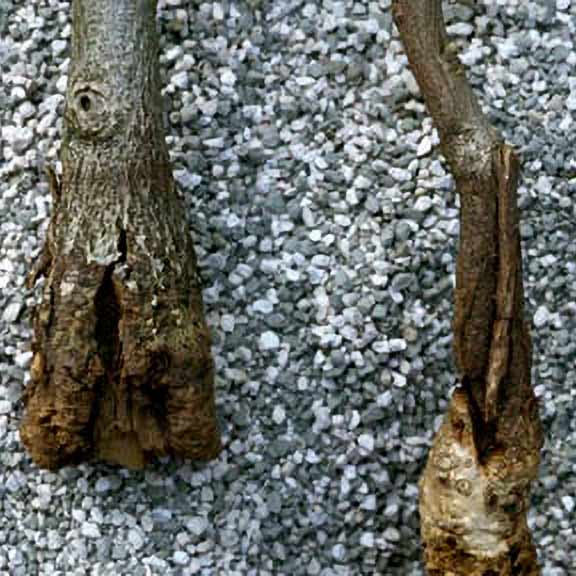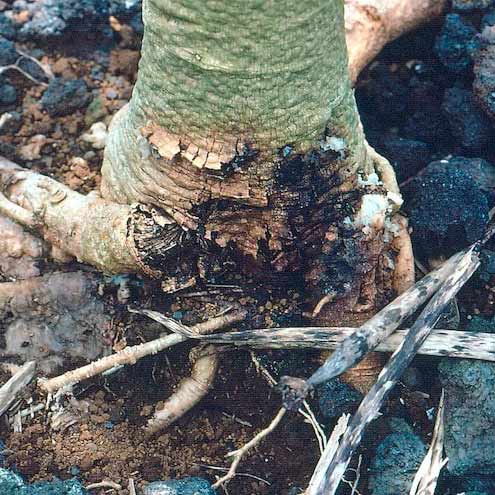Care & Maintenance of Wisteria
Beloved for its stunning blue-to-purple flowers and vigorous growth, Wisteria is a perfect addition to any garden. It’s especially suited for those seeking to enhance their pergola, archway, or arbour with beautiful draping vines. Wisteria’s enchanting appeal lies in its striking purple blooms, which transition from lavender to indigo. As an early bloomer, it delivers a spectacular display of blue, white, or pink flowers from early spring to summer. With its lush foliage and gracefully hanging vines, Wisteria serves as an exquisite centrepiece for any landscape.
In this section, you’ll find everything you need to know about planting, growing, and maintaining wisteria. From watering and soil requirements to pruning techniques and pest control, our comprehensive guides will help you keep your wisteria healthy and beautiful. Whether you’re looking to create a lush hedge or simply add a splash of colour to your garden, we’re here to support you every step of the way.

When & Where to Plant?
There are many species of wisteria, but the two most commonly grown in the UK are Wisteria sinensis and Wisteria floribunda. Wisteria sinensis twines in an anticlockwise direction, while Wisteria floribunda grows in a clockwise direction. Planting wisteria is best done during the colder months, between October and April, when the plant is dormant. While container-grown wisterias can be planted any time of the year, they are easier to care for in autumn or winter.
- For wisteria to thrive, it’s essential to plant it in a sunny spot that receives at least six hours of sunlight daily. Wisteria will grow in areas with shade and partial sun but full sun will lead to more flowering.
- Choose a location that is easily accessible, open areas surrounded by lawns that can be easily mowed are ideal for growing wisteria.
- Avoid planting it in an “out of sight, out of mind” area to ensure any vigorous growth is noticed and managed promptly. An island bed surrounded by other flowering plants is ideal, as it receives regular maintenance, but be cautious to prevent the wisteria from overwhelming the other plants.
- For most home gardeners, wisteria is best suited for very strong supports, such as a sturdy garden arch or small pergola, or it can be trained to grow in the form of a tree.
- Vertical supports should be at least four-by-fours, and horizontal supports need to be made of strong framing lumber, as mature wisteria vines become very heavy.
Planting Guide
- Wisterias can tolerate various soil types, but they thrive best in deep, fertile, well-draining, and slightly acidic soil. These soil conditions help wisteria trees develop healthily, as the soil retains enough moisture while ensuring excellent drainage.
- The aggressive Japanese wisteria (W. floribunda) can form thickets in full sun almost anywhere but prefers slightly acidic soil with a pH of 6.0. To enrich poor soils, work in some well-rotted manure or compost before planting.
- If you want to train your Wisteria vines up an outdoor wall, patio, or pergola, plant it near the base of the structure and ensure the post or trellising system is sturdy enough to support its growth.
- To plant your Wisteria, dig a hole as deep as the root ball and 2 to 3 times as wide. Prepare the soil well to ensure a good root run, and plant at the same level as it was in the original pot and water in well.
- If you prefer to grow your Wisteria in a container, choose a large container of at least 45cm (18 inches) filled with loam-based potting mix. Place the plant in the hole or container, ensuring it is straight, and start backfilling.
- Water your plant while backfilling to prevent air pockets from forming, and pat down the soil when done.
- Plants will dry out quickly on light or sandy soil so keep them well watered, particularly when newly planted and in dry periods.
Feeding
Feeding wisteria encourages more blooms and supports its vigorous leafy growth.
- Wisteria benefits from monthly feedings with a high-potash fertilizer during the growing season to promote flowering.
- For wisteria grown directly in the soil, apply a balanced fertilizer such as blood, fish, and bone meal in the spring.
- In sandy soils with low potassium levels, also apply sulphate of potash at 20g per square meter. Rose or flowering shrub fertilizers are also suitable.
- In poor or very free-draining soils, use a high-potassium fertilizer to help promote flower formation.
- Container-grown plants may require fertilizing. In containers, feed wisteria with liquid tomato fertiliser or a similar flowering plant food.
Watering
- Wisteria trees require only a moderate amount of water. Water is primarily needed to establish a robust and resilient root system.
- While wisteria can tolerate short periods of drought, it appreciates some extra water between July and September when buds are forming for the next year’s flowers. A lack of water during these months can reduce the following summer’s display.
- Keep newly planted wisteria and those in light or sandy soils well-watered, especially during dry periods.
- Avoid overwatering, as excessive moisture, particularly when combined with nitrogen-rich fertilizer, can prevent the flowers from blooming.
Pruning
Prune wisteria twice a year, once in summer after it has flowered (late July) and then again in Winter (February). In the first few years, focus on training the plant to the support structure by removing very low branches, training in strong side shoots, and cutting back side shoots to five buds in early August. While wisteria can be left to grow unchecked if space allows, it will usually flower more freely and regularly if pruned twice a year.
It’s crucial to use a pair of sharp, clean secateurs that can handle cutting stems as thick as a pencil. Avoid using scissors or a knife. The cleaner the cut, the better the wisteria will heal, promoting healthier flowering and recovery.
Pruning Wisteria in Summer
Wisteria blooms on old wood, meaning the flower buds for next year form on this year’s growth. To avoid cutting off all of next year’s flower buds, some pruning should be done in the summer after flowering ends.
Summer pruning, typically done in late July or August in the UK, involves cutting back the wisteria to 6 buds after it has flowered. This not only tidies the plant but also concentrates flower bud formation near the main branches, promoting a stronger and more manageable plant structure.
Pruning wisteria in the summer allows light and air into the plant, encouraging the wood to ripen and fresh growth to develop.
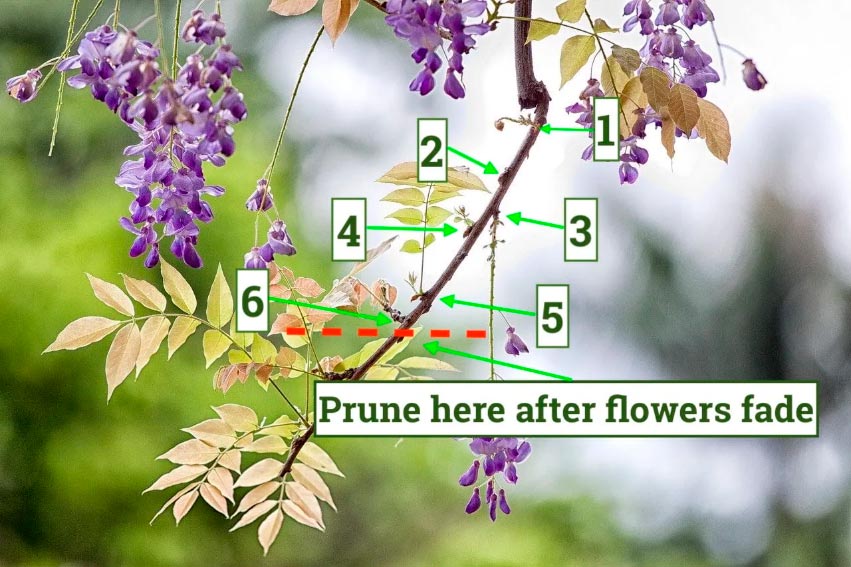
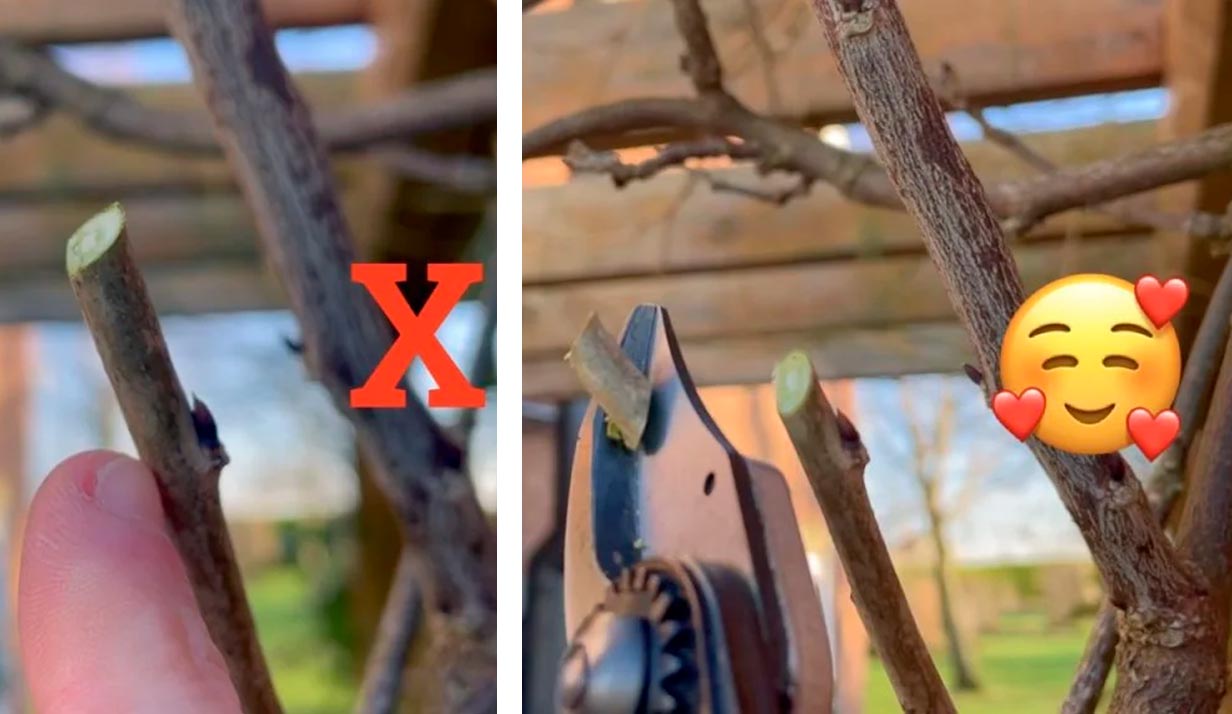
- When pruning wisteria in the summer, focus on cutting back the long, leafy, ‘whippy’ shoots. Walk around your wisteria and find the extending growths. Count up to five buds and then clip the remainder of the stem, removing it to around 30 cm and leaving 5 or 6 leaves.
- It’s up to you how pruned you want the structure to be, so don’t worry too much about cutting too much or too little. Aim for an even, all-around prune.
- Remove any dead or diseased wood, as well as any weak growth, to give your wisteria more room to grow. Ensure major branches are not crossing over each other and remove any branches that are causing overcrowding.
- Check for suckers at ground level and prune them away. Suckers look like thin branches growing out of the main trunk or limbs.
Pruning Wisteria in Winter
Even after pruning in early summer, wisteria can still extend its branches significantly during the remaining growing months. To prevent it from sprawling out of control, it’s beneficial to prune it again in late winter.
Without the leaves, it’s easier to see which branches are essential to the main vine and remove any unwanted growth. Winter is the ideal time to prune wisteria in preparation for summer flowers. This process helps focus the plant’s energy on creating flowering spurs rather than expending it on green, whippy growth.
- When pruning wisteria in winter, cut back any excessively long or out-of-place growth from the previous summer. Prune the shoots back to two or three buds to encourage a more dramatic display of flowers in spring.
- Remove any diseased or dead wood, as well as suckers growing from the roots.
- Avoid removing large buds, as these will develop into full flowers by May.
- Remove weak growth and any crossing or rubbing branches.
- Winter pruning is an ideal time to reshape your wisteria plant, especially if it’s growing on a trellis or pergola. Add new supports or wires if needed.
- Pruning wisteria is primarily about controlling growth rather than creating an attractive shape. Traditionally, gardeners prune wisterias into tree forms or long vase shapes, but this is not necessary.
- Once your wisteria reaches the desired height, prune it yearly by removing one-third of its new growth. This encourages stronger shoots with more flowers and less twiggy growth.
- Though wisterias can be slow to establish, they can become very vigorous growers. If planted in garden soil, they typically do not need fertilizer. If you decide to fertilize, avoid products high in nitrogen, as these promote excessive leafy growth that will need to be pruned back later.
How To Train Wisteria
Wisterias are beautiful climbers that can reach impressive heights. Read our guide to discover how to train your wisteria to look its best when its stunning, cascading flowers bloom. Keep in mind, however, that different varieties of wisteria exhibit different twining characteristics when training the vines. For example, Chinese wisteria (W. sinensis) twines counterclockwise, while the Japanese variety (W. floribunda) twines clockwise.
When training wisteria vines, select an upright stem and attach it to the chosen support. Remove any side shoots and continue to train the main vine upwards. New side branches can be trained to fill in spaces on the support structure by attaching them where needed. For best results, keep these side branches spaced about 46 cm apart. Regular pruning of new shoots throughout the growing season helps keep the vine manageable.
Wisteria Pergola
- Any wisteria pergola must be sturdy and robust enough to support the weight of the climber when fully grown.
- To train a wisteria over a pergola, plant it about 20 cm away from the base of a vertical post. Loosely tie the upright stems to steel wires installed on vine eyes on the post to train the wisteria upwards.
- Once the vertical shoots reach the pergola roof, prune the tips back just above a bud to encourage branching.
- As the horizontal branches grow, tie them over the crossbeams to eventually cover the entire structure.
- As the wisteria matures and becomes self-supporting, remove the ties to prevent them from strangling the stems as they thicken.
- Prune your pergola wisteria twice a year, in late winter and late summer to keep the growth in check and promote flowering.
Before & After Pruning in Winter Diagram:

Training as a Standard
- Start with a young, single-stemmed plant and insert a 1.2-1.5-meter sturdy support next to it when planting into the ground or a container. This will serve as the framework for the main stem.
- If planting in a pot, ensure the wisteria is set at the same depth as it was in its nursery pot. Spread out the roots and loosen the root ball before planting. Select a pot that is only slightly larger than needed, and repot gradually as the plant grows to reach its final container.
- Train the stem vertically up the support.
- Allow the plant’s leader to grow unchecked until it reaches the top of the support. In the following February, remove the tip to promote the growth of side shoots.
- Prune the side shoots the following winter, cutting them back to 15-30 cm. Repeat this process each winter to gradually form a full head.
- Remove weak or misplaced growth entirely, as well as older branches if the head becomes too dense over time.
- As the head develops, also prune in August. Remove any shoots above the seventh leaf that are not needed to extend the head.
- The following February, cut back these shoots to 2.5 cm bfrom their bases, just as you would regularly prune a wall-trained plant.
Pests and Diseases
Root and Crown Problems
Crown galls, root rots, and graft failures can lead to the complete collapse of your plant. These issues often cause plants to fail gradually, with wilting occurring in all or parts of the canopy as affected areas receive increasingly less nourishment from the root system.
Fungal Lead Disease in Wisteria
 Wisteria often experiences fungal leaf diseases such as powdery mildew and leaf spot, though they are usually not severe issues. Powdery mildew typically begins as small yellow spots on the leaves but eventually develops into a white, powdery coating that can cover the entire leaf. Leaf spot generally does not spread widely but can cause leaves to dry out, turn brown, or develop a shot hole appearance. To manage these fungal diseases, simply remove affected leaves and prune the wisteria more aggressively to improve air circulation. If the fungus is widespread, consider thinning the canopy and applying neem oil to the plant.
Wisteria often experiences fungal leaf diseases such as powdery mildew and leaf spot, though they are usually not severe issues. Powdery mildew typically begins as small yellow spots on the leaves but eventually develops into a white, powdery coating that can cover the entire leaf. Leaf spot generally does not spread widely but can cause leaves to dry out, turn brown, or develop a shot hole appearance. To manage these fungal diseases, simply remove affected leaves and prune the wisteria more aggressively to improve air circulation. If the fungus is widespread, consider thinning the canopy and applying neem oil to the plant.
Wisteria Scale
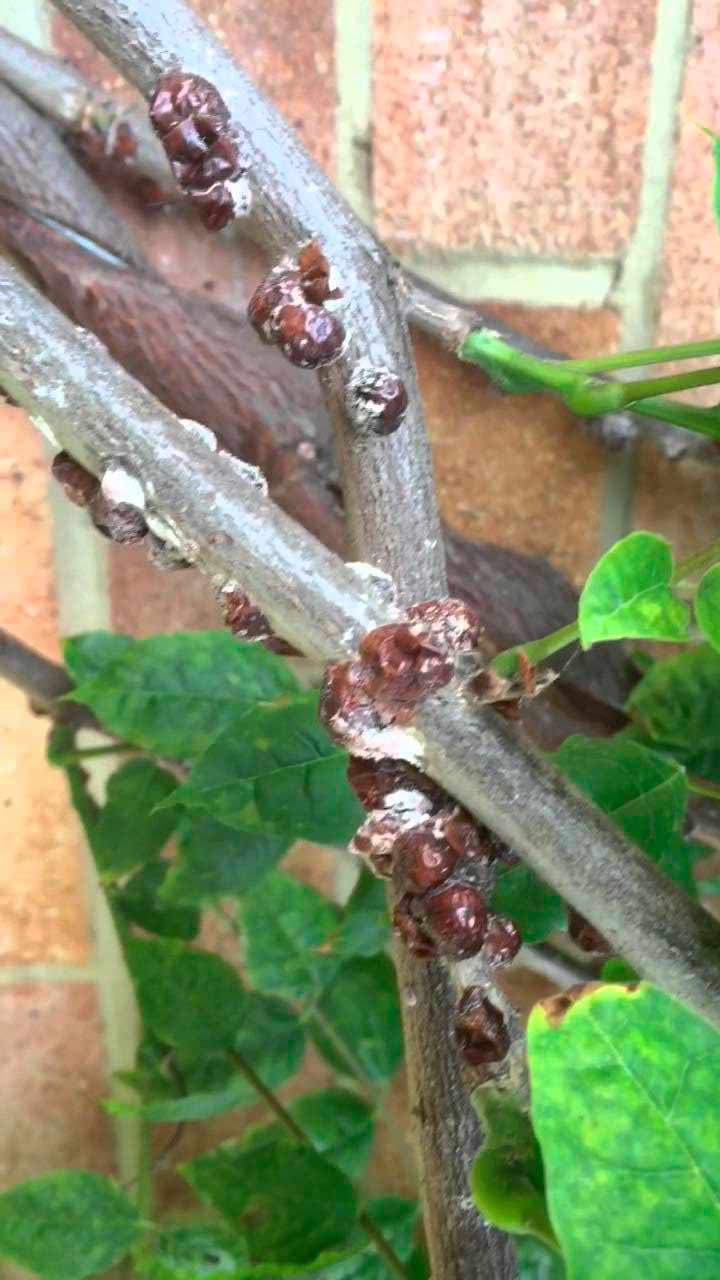
These insects often appear as ‘scales’ on leaves or stems. Wisteria scale, which can grow up to 10 mm in diameter, is notably larger than most other scale insects found in Britain. Heavy infestations of wisteria scale can result in stems becoming heavily encrusted, potentially causing the host plants to lose vigour and die back. Regularly inspect your wisteria to address infestations before they become severe.
When selecting control methods, you can reduce harm to non-target animals by considering non-pesticide options. For instance, encourage natural predators in your garden, such as ladybirds, wasps, and some birds, which will feed on scale insects. Whenever possible, tolerate low populations of scale insects, as well-tended and healthy plants can often withstand minor infestations without needing intervention. Be aware that pesticide treatments may kill natural predators, reducing the potential for natural control and possibly leading to a resurgence of the scale insects.
Thank you for choosing our Wisteria to enhance your garden! We hope you find our care and maintenance guide helpful. For any further questions or assistance, please don’t hesitate to contact us. We’re here to help you enjoy the full beauty and bloom of your hydrangeas!


